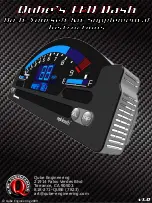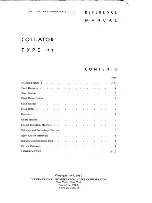
PDF: 4749051511/Source: 7788125767
Aptina reserves the right to change products or specifications without notice.
MT9T111_DG - Rev. B 9/10 EN
141
©2007 Aptina Imaging Corporation. All rights reserved.
MT9T111: Developer Guide
Appendix A – Dual Camera Implementation
Preliminary
Appendix A – Dual Camera Implementation
In a typical cellular phone design, there are several submodules that can be imple-
mented to extend the functional performance of the product. One such module is the
camera subsystem, which includes a sensor, image processing, compression and inter-
action with the host processor. There are two typical implementations that are consid-
ered:
• Single Camera—A single image sensor is integrated and provides support for view-
finder and still capture function
• Dual Camera—A main image sensor which is typically larger than 1.3Mp used for
high-quality still image capture and secondary high-quality VGA resolution image
sensor.
The MT9T111 image sensor has an integrated input MIPI interface to support a simpli-
fied system design for dual-camera imaging systems, as shown in Figure 66. The figure
shows the interfaces between system components (base-band processor, VGA sensor,
FLASH LED, Auto Focus mechanism, and so forth) and the main camera (MT9T111).
Figure 66:
Dual Camera System Level
The integration of the control and pixel data bus for the MT9V013 image sensor allows
the host processor to interchange seamlessly between the two image sensors without
the complicated signaling protocols.
MT9T111
Base-Band
Processor
8
Pixel Bus
FV, LV, PIXCLK
DIfferential Clock
Differential Data
Optional MIPI
Pixel Bus
Two-wire
Serial Interface
STANDBY
OE_BAR
RESET_BAR
EXTCLK
MT9V013
Two-wire
Serial Interface
MIPI
FLASH
Driver IC
Driver IC
(I
2
C or PWM)
Enable
Direction
Drive
Actuator
VCM/MEMS
Auto Focus
Flash
Mechanism
VGA Sensor
Control
3







































